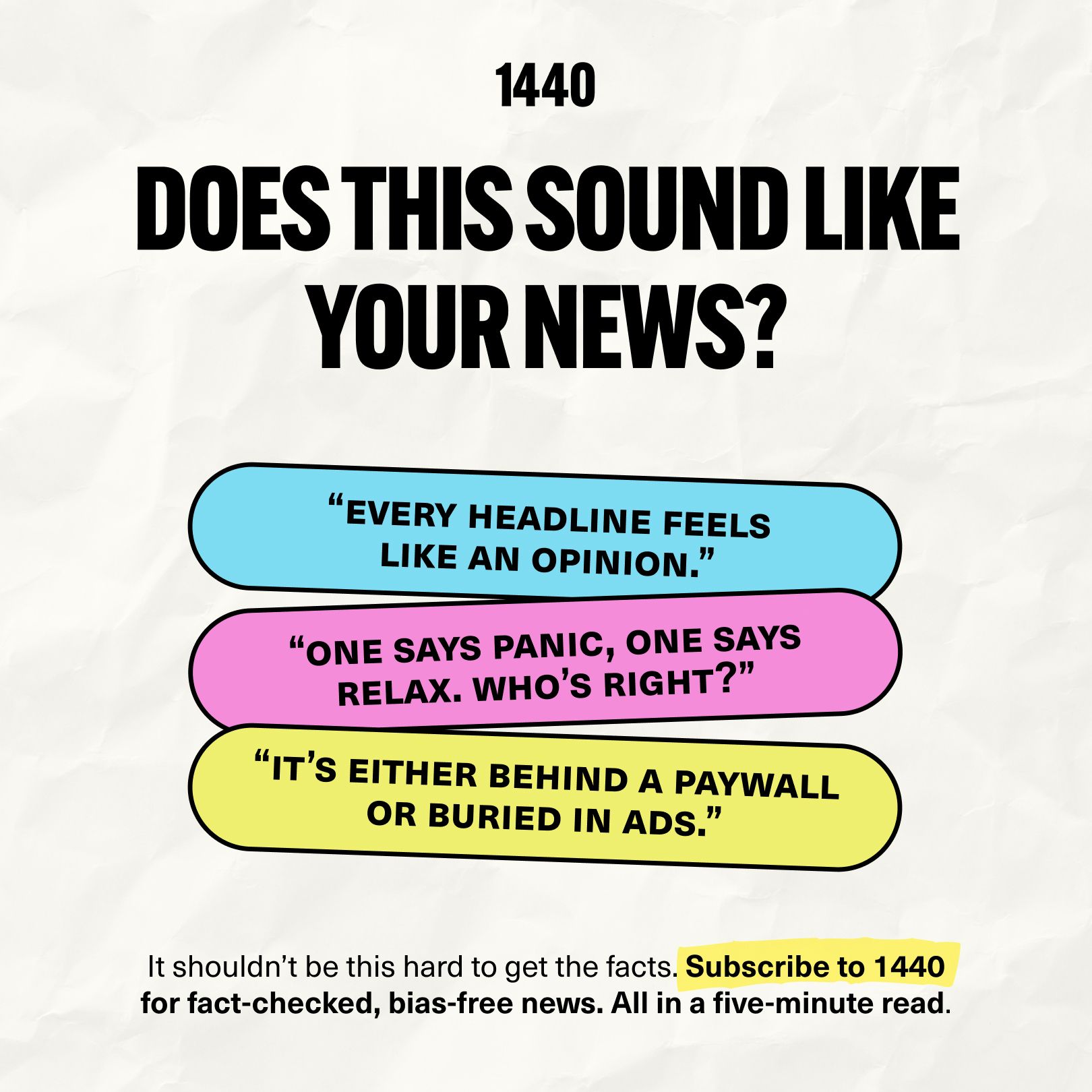Welcome, Fellow Travelers
Todays Book
Building a Storybrand
By Donald Miller
Summary Snapshot
Building a StoryBrand shows you how to create clear and engaging marketing by using storytelling. In this approach, your customers are the heroes, and your brand is the guide that helps them succeed. By following a seven-step storytelling framework, you can make your message clear, connect with customers emotionally, and encourage them to take action. This leads to marketing that connects with people, builds trust, and boosts sales across all platforms.
“Dive deeper in 30: See if this book clicks with you in our key takeaways.”
Clarity Beats Cleverness
Marketing often fails because it tries to be clever instead of clear. Customers will only pay attention if they instantly understand how you can help them survive or thrive. Remove jargon, simplify your message, and state plainly how you make their lives better. Clarity always wins over complexity in attracting attention.Survival and Prosperity Drive Action
People care most about messages that help them survive or prosper. Your marketing should connect to these core human needs. Show how your product or service improves safety, saves money, builds status, fosters community, or creates meaning. If your offer does not clearly help with survival or prosperity, it will be ignored.Cut the Noise
Too much irrelevant information confuses customers and wastes mental energy. Simplify your content so they can make fast decisions without processing unnecessary details. Every word, image, or offer should point directly to how you solve their problem. Anything that doesn’t serve that purpose should be removed from your marketing materials.Use a Story Framework
Stories work because they follow a familiar structure our brains understand. In your marketing, position the customer as the main character with a goal, a problem, and a clear path to success. Your brand should be the guide who helps them overcome obstacles and achieve their desired transformation.Make the Customer the Hero
The biggest marketing mistake is making your brand the hero. Instead, your customer should be the protagonist. They have the goal, face the problem, and achieve the happy ending. Your role is to support, guide, and equip them for success without overshadowing their journey.
Identify the Customer’s Core Want
Start by understanding exactly what the customer wants and the gap between where they are and where they want to be. This want must connect to staying alive or prospering, such as saving time, earning money, gaining status, building relationships, finding meaning, or contributing generously.Highlight a Tangible Problem
Every good story has a problem. Identify the specific external obstacle preventing your customer from achieving their goal. The more concrete and relatable the problem, the more emotionally invested the customer will be in finding a solution. Make sure your offer directly addresses this obstacle.Show Internal Frustrations
Beyond external problems, identify the internal struggles customers feel, such as frustration, doubt, or stress. Internal issues are often more motivating than external ones because they touch emotions. Acknowledge these feelings in your messaging to show you understand their deeper pain points and are equipped to resolve them.Address Philosophical Concerns
Some problems connect to universal beliefs about fairness, meaning, and justice. For example, “You shouldn’t have to waste hours on something technology can solve.” Tapping into these higher-level ideas gives your message moral weight and makes customers feel their purchase is part of something bigger.Present a Villain
Personifying the problem as a villain makes it more memorable and emotionally charged. The villain could be inefficiency, misinformation, unhealthy habits, or anything your product defeats. Giving the customer a common enemy creates urgency and a shared sense of mission against it.
Act as the Trusted Guide
In the story, your brand is the mentor figure who understands the hero’s struggles and has the expertise to help. Customers trust brands that show empathy and competence. Demonstrate both by acknowledging their challenges and showcasing proven success in solving similar problems for others.Show Compassion
Prove you understand your customer’s pain. Use language that reflects their feelings and experiences. Share that you have faced similar challenges and genuinely want to help. This emotional connection builds trust and makes customers more open to your solutions.Show Competence
Back your promises with evidence. Share testimonials, case studies, awards, or metrics that prove you can deliver results. Demonstrating competence reassures customers that they are making a safe and smart choice in trusting your brand.Give a Clear Plan
Customers hesitate when the path to success is unclear. Provide a straightforward, step-by-step guide on how to purchase from you and effectively utilize your product. Keep it to three to six steps so it feels easy to follow. A clear plan reduces confusion and builds confidence to act.Offer an Instructional Plan
An instructional plan explains exactly how the customer will work with you or use your product. This could include the steps for ordering, onboarding, and getting results. When customers know what to expect, they feel safer making a commitment.
Looking for unbiased, fact-based news? Join 1440 today.
Join over 4 million Americans who start their day with 1440 – your daily digest for unbiased, fact-centric news. From politics to sports, we cover it all by analyzing over 100 sources. Our concise, 5-minute read lands in your inbox each morning at no cost. Experience news without the noise; let 1440 help you make up your own mind. Sign up now and invite your friends and family to be part of the informed.
Offer a Promise Plan
A promise plan reassures customers by showing your commitment to quality and fairness. Include guarantees, refund policies, or service standards. Reducing perceived risk increases the likelihood that customers will take action.Call to Action Boldly
Do not assume customers will figure out the next step. Tell them directly and repeatedly what to do, such as “Buy Now” or “Schedule Your Consultation.” Clear calls to action convey confidence in your product and make it easier for customers to respond.Use Two Types of Calls to Action
Have direct calls to buy that lead to sales and indirect calls to engage, such as offering free resources, trials, or educational content. Calls to engage build trust and position your brand as a helpful guide for when the customer is ready to purchase.Show the Cost of Doing Nothing
Explain the negative consequences of not acting. This could be wasted time, missed opportunities, or worsening problems. Keep the fear moderate—enough to motivate but not so extreme that it feels manipulative. Balance urgency with trust.Paint a Clear Happy Ending
Show customers the simple, specific, and desirable outcome of choosing your brand. Avoid vague promises like “improve your life.” Instead, show tangible results they can imagine, such as “spend more time with your family” or “double your monthly sales.”
Focus on Transformation
People are motivated by the desire to become a better version of themselves. Your product should be presented as a bridge to that transformation. Identify your customer’s aspirational identity and position your brand as the way to achieve it.Define the Aspirational Identity
The aspirational identity is how customers want to see themselves. It might be “confident leader,” “financially independent,” or “healthy and active.” Every part of your marketing should point toward helping them embody that identity.Mark the Transformation
Once customers achieve success with your product, acknowledge and celebrate it. Rewards, recognition, or stories of their progress reinforce loyalty and deepen their connection to your brand.Implement the Story Everywhere
Consistency is critical. Use your brand story across your website, emails, ads, and social media. Every touchpoint should reflect the same narrative so customers always understand what you do and how it benefits them.Streamline Your Website
Your website should focus only on essential information that builds trust and leads to action. Eliminate clutter, use clear navigation, and ensure the main call to action is always visible. Simple, relevant content improves conversions.
Write a Brand Logline
A logline is a short, repeatable sentence that captures your customer, their problem, your plan, and the result. For example: “Helping busy parents plan healthy meals in minutes.” Use it across your marketing to ensure message consistency.Automate Email Campaigns
Set up automated sequences that mix calls to engage and calls to buy. Keep emails short, relevant, and customer-focused. The goal is to stay in their awareness until they are ready to act.Feature Transformation Testimonials
Showcase customer stories that highlight the transformation they achieved. Structure testimonials to reveal the problem, the experience with your brand, and the results. This builds credibility and inspires potential buyers.Create a Referral System
Reward existing customers for referring new customers. Make it easy to share your product and offer meaningful incentives. Referrals are highly effective because they come with built-in trust.Repeat and Refine the Story
Storytelling in marketing is not one-and-done. Continue refining your message as you learn more about your audience. Keep testing and improving to ensure your brand story stays relevant and compelling.
What’s Next?
Your customers are the heroes of their own stories. Make your marketing about them, not you. Clarify your message, guide them toward success, and show how your brand transforms their lives. Implement your story consistently, and you will attract attention, build loyalty, and grow your business with purpose.


